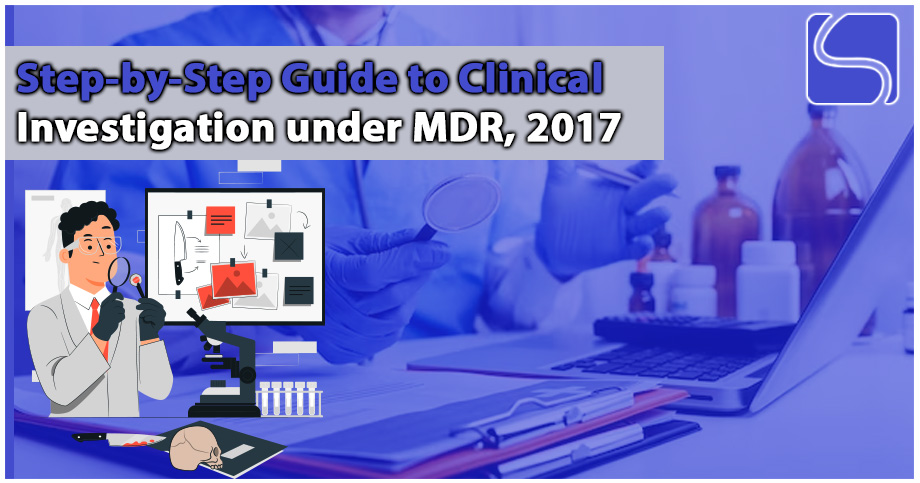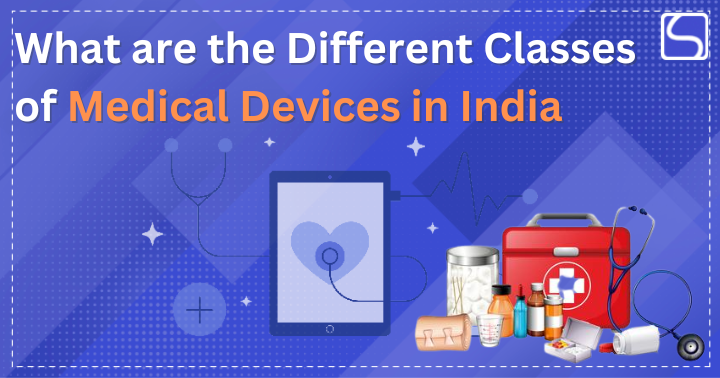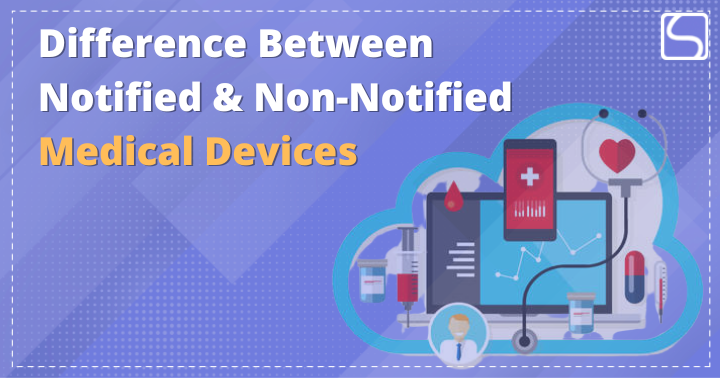Step-by-Step Guide to Clinical Investigation under MDR, 2017

Shivam Narwal | Updated: Mar 15, 2023 | Category: CDSCO
Medical devices are an essential part of the healthcare industry, and they play a critical role in the diagnosis, treatment, and prevention of various diseases and conditions. In India, the regulatory framework for medical devices is governed by the Medical Devices Rules (MDR), 2017. The MDR, 2017 provides guidelines for the manufacturing, import, sale, and distribution of medical devices in India.
One of the crucial aspects of the MDR, 2017 is the process of clinical investigation, which involves conducting clinical trials or studies to evaluate the safety and efficacy of medical devices. The clinical investigation process is crucial in ensuring that the medical devices being introduced in the Indian market are safe and effective for use.
In this blog, we will discuss the process of application for clinical investigation under MDR, 2017 in India.
Table of Contents
Process of Application for Clinical Investigation under MDR, 2017 in India
The process of application for clinical investigation under MDR, 2017 involves several steps, including the preparation of the application, submission of the application, review by the regulatory authority, and approval. Let’s discuss each step in detail.
Step 1: Preparation of the Application
The first step in the process of application for clinical investigation under MDR, 2017 is the preparation of the application. The application must be prepared in accordance with the guidelines provided by the regulatory authority, which is the Central Drugs Standard Control Organization (CDSCO) in India.
The application must contain the following information:
- Clinical investigation plan
- Investigator brochure
- Informed consent form
- Ethical committee clearance
- Manufacturing details
- Risk management[1] plan
- Clinical trial agreement
- Investigational device label
The clinical investigation plan must provide detailed information about the device, the study design, the study population, the endpoints, and the statistical analysis plan. The investigator brochure must contain detailed information about the device, including its composition, manufacturing process, and mechanism of action. The informed consent form must be written in a language that the study subjects can understand and must provide them with all the necessary information about the study.
The ethical committee clearance is required to ensure that the study is conducted in accordance with the ethical principles outlined in the Declaration of Helsinki. The manufacturing details must provide information about the manufacturing process, quality control, and quality assurance. The risk management plan must provide detailed information about the risks associated with the device and the measures taken to mitigate those risks. The clinical trial agreement must outline the terms and conditions of the trial, including the financial arrangements between the sponsor and the investigator. The investigational device label must contain information about the device, including its name, intended use, and manufacturer.
Step 2: Submission of the Application
Once the application has been prepared, it must be submitted to the CDSCO. The application can be submitted online through the CDSCO online portal, or it can be submitted in person at the CDSCO office. The application must be accompanied by a fee, which varies depending on the type of device and the number of study sites.
Step 3: Review by the Regulatory Authority
Once the application has been submitted, the CDSCO will review the application to ensure that it is complete and meets all the necessary requirements. The CDSCO may request additional information or clarification from the sponsor or investigator if required.
The CDSCO will also review the clinical investigation plan to ensure that it is scientifically sound and ethical. The CDSCO may consult with experts in the relevant field to evaluate the study design and the safety and efficacy of the device.
Step 4: Approval
If the CDSCO is satisfied that the application meets all the necessary requirements, it will issue an approval letter. The approval letter will include details such as the duration of the study, the number of study sites, and any conditions or restrictions imposed by the regulatory authority.
It is essential to note that the CDSCO may also reject the application if it does not meet the necessary requirements or if the study design is flawed or unethical. If the application is rejected, the sponsor or investigator can appeal the decision within a specified timeframe.
Once the approval has been obtained, the sponsor or investigator can initiate the clinical investigation. During the study, the sponsor or investigator must comply with all the necessary regulations and guidelines, including obtaining informed consent from study subjects, ensuring the safety and well-being of the subjects, and reporting any adverse events to the regulatory authority.
Benefits of Clinical Investigation under MDR, 2017
Some of the benefits of Clinical Investigation under MDR, 2017 are as follows:
- Ensures the safety and efficacy of medical devices before they are introduced in the market.
- Conducts a study on a small group of individuals to evaluate the safety, efficacy, and performance of the device.
- Conducts the study under strict guidelines and regulations provided by the regulatory authority.
- Helps in identifying any potential risks associated with the device, which can be addressed before the device is introduced in the market.
- Reduces the incidence of adverse events and ensures the safety of the patients.
- Improves the quality of medical devices.
- Provides valuable information about the device, which can be used to improve the design, manufacturing process, and performance of the device.
- Helps in identifying areas of improvement in the device, which can be addressed before the device is introduced in the market.
- Improves the overall quality of healthcare in the country by ensuring that medical devices are safe and effective for use.
- Provides a platform for innovation and development of new medical devices, which can improve the quality of healthcare in the country.
- Increases the confidence of the patients and healthcare providers in the medical devices being introduced in the market.
Conclusion
The process of application for clinical investigation under MDR, 2017 in India plays a critical role in ensuring the safety and efficacy of medical devices before they are introduced in the market. The process involves several steps, including the preparation of the application, submission of the application, review by the regulatory authority, and approval. Once the approval has been obtained, the sponsor or investigator can initiate the clinical investigation, and during the study, the sponsor or investigator must comply with all the necessary regulations and guidelines.
The benefits of clinical investigation under MDR, 2017 in India are numerous. It ensures the safety and efficacy of medical devices before they are introduced in the market, conducts a study under strict guidelines and regulations, helps in identifying any potential risks associated with the device, and improves the overall quality of healthcare in the country.
Furthermore, clinical investigation provides valuable information about the device, which can be used to improve the design, manufacturing process, and performance of the device. It helps in identifying areas of improvement in the device, which can be addressed before the device is introduced in the market. Clinical investigation also provides a platform for innovation and development of new medical devices, which can improve the quality of healthcare in the country. It is important to note that the success of clinical investigation depends on the commitment and cooperation of all stakeholders involved, including the regulatory authority, sponsors, investigators, study subjects, and healthcare providers. Together, they can ensure that medical devices are safe and effective for use and improve the overall quality of healthcare in the country.
In conclusion, clinical investigation under MDR, 2017 in India is a crucial aspect of the healthcare industry, and it plays a vital role in ensuring that medical devices are safe and effective for use. The process involves several steps, and the benefits are numerous. Therefore, it is imperative that all stakeholders work together to ensure that clinical investigation is conducted in accordance with the necessary regulations and guidelines, and that medical devices are safe and effective for use.














